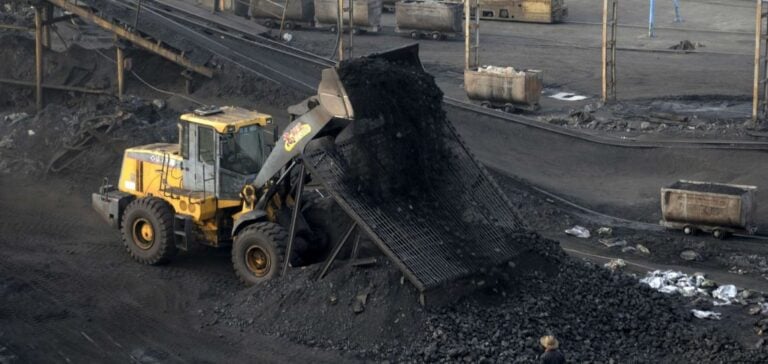China’s coal production rose sharply in June, reaching a half-year high. According to data from the National Bureau of Statistics (NBS), the country produced 405.38 million metric tons of coal last month. This represents an increase of 3.6% on the previous year, and the highest level of production since December. This increase is mainly attributed to the increased demand for coal to meet air-conditioning needs during the summer, when temperatures rise considerably in the northern hemisphere. By contrast, China remains the world leader in renewable energies.
Impact of safety inspections on production
Production had been limited during the months of March to May due to intensified security controls in Shanxi province, China’s main coking coal production center. These inspections were triggered by a series of fatal accidents, prompting local authorities to restrict excessive production and carry out rigorous checks. Shanxi accounted for 29% of China’s total coal production last year. With the easing of these restrictions, mines were able to resume normal activity, contributing to the increase in production in June.
Third-quarter forecasts
Analysts at Galaxy Futures expect coal production to continue rising in the third quarter, supported by seasonal demand. However, they note that growth in July could be limited by the third plenum of the Chinese Communist Party, scheduled for July 15-18, during which the authorities could maintain certain restrictions to prevent mining accidents. Average daily production in June reached 13.5 million tonnes, also a record since December, according to Reuters calculations based on NBS data.
Review of the first half of 2024
Despite this significant increase in June, coal production for the first five months of the year remained lower due to previous restrictions. This initial decline continues to weigh on the annual comparison for the first half of 2024. However, the upward trend observed in June could offset part of this deficit, provided there are no major new restrictions and seasonal demand remains high.
The outlook for China’s coal sector remains influenced by government policies on safety and production, as well as by seasonal variations in demand. China’s ability to balance these factors will probably determine the trajectory of coal production for the rest of the year.






















